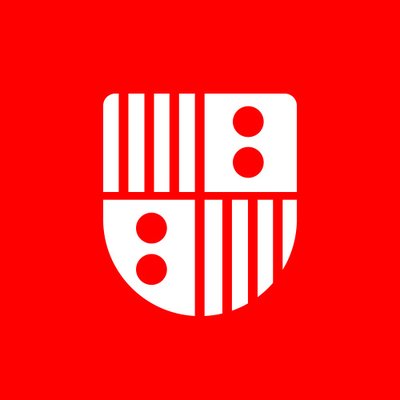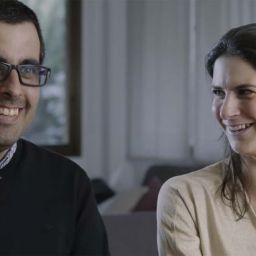The pandemic has shown us the importance and urgency of having a career plan. Actually, that’s not quite true. For decades, career plans have been essential in order to grow professionally, make good decisions and find the difficult balance between our personal and work lives. Here are three strategies for designing your own path, updating it and getting closer to reaching your goals.
Why do you need a career plan?
You need a plan for the same reason you need a map, a compass or fog lights. Because it allows you to orient yourself as you move forward along paths and in areas that you’re not familiar with or when there’s low visibility at close range.
The plan is an instrument that helps you know if you are prepared to take on a new challenge such as a promotion, what type of goal is best for taking the next step in your career and what training and experience are most advisable and efficient for achieving your objectives. That’s quite a bit.
But there’s more. The career plan is also an excellent tool to detect whether your company is not offering you what you need… and whether it’s the moment — or not — to take advantage of a lateral promotion or jump directly to another company to keep growing. The plan, as you can see, is a very powerful instrument for developing your career, reinventing yourself and regaining autonomy in uncertain and turbulent times. It ensures that everything (almost) depends, once again, on you.
1. Try to ask yourself: Who do you think you are?
Iñaki Saltor, managing partner of Saltor Talent, believes that you can’t create a successful career plan if you don’t know yourself. And that means you need to accurately evaluate your education, competencies and what you have learned from previous experiences. It’s also critical that you consider what job you want, what you like to do and who might be able to offer this to you, he says.
Self-knowledge is more than looking in the mirror. You should ask others how they see you, open a couple of windows to constructive criticism and look for advice from a coach or mentor who can guide you in the process.
The next step, of course, is to design a good plan that not only allows you to put a value on your knowledge and competencies, but also to design possible professional paths and identify what abilities and experience are required for the jobs you love; how you should obtain these; and what is the best way to weave a network of relationships that will help you move forward.
2. Your plan is alive, and you have to change it
In yesterday’s world, a career plan was given to you by the company you worked for throughout life. Changes and shifts were much less frequent than now. Consequently, millions of employees felt fine leaving their careers on automatic pilot for years.
In today’s world, however, we navigate a volatile scenario and are obligated to continually weave and jump, while evaluating our own performance. It’s not enough anymore to be evaluated by others because we have our own objectives. Companies no longer offer lifetime jobs, nor do younger generations want them.
That’s why, points out María Ángeles Losa, IESE’s Head Career Management, career plans should always be as alive, as we and our professional paths are. At critical stages, you will sometimes want to take more or less risk. You might be offered a promotion or an opportunity that you didn’t expect; sometimes a crisis will emerge that no one saw coming; and you might even discover better ways for reaching your destination in the end.
And that’s when you accept that circumstances have changed. You evaluate the scenario and the role that you play in it again. And then you do everything you can to renew your plan to keep growing. A living plan, a living path!
3. Cultivate your brand for the long term
For Joanna Moss, executive coach, it’s critical that career plans maintain some stable values in the long term. It’s one thing to update them by changing important elements, but it’s another thing to zigzag.
A career plan is similar to a company’s business plan. Similarly, your personal brand values, culture and identity should remain constant. You must be constant in the excellence that you offer and the continuous improvement of services and quality of work that you are known for. You also want to be known in the marketplace.

Example of a career plan
These are the steps you’ve got to take to design your plan. We’ve also prepared an interactive PDF for you: template “My career plan” . Download it for free and start building your career plan.
1. Know yourself well
Correctly analyze your education, abilities and experience. And don’t forget to ask the opinions of others. We can always improve!
2. Decide where you want to go
Define in detail the job that interests you and ask who (companies, sectors) might offer this to you.
3. Decide HOW you want to get there
Think about what experience and education you need to get the job of your dreams; what key positions you need to have held previously; what promotions and rotations you should take advantage of and how you are going to measure your progress throughout the process.
4. Get going!
Take the decisions that will allow you to advance farthest, maintain a focus on your goals while developing your competencies (education and coaching will help you) and choose a good mentor to contrast opinions with and guide you throughout your experience.
Every time you apply as a candidate for an opening, choose an educational experience or challenge yourself, remember this: they want you for what you do, of course, but also for what you are (good communicator, leader, great team player) and for what you’re like. And IESE offers a wide range of programs to help you develop as an executive, along with master’s degrees to improve your professional future, so you can progress in your career plan and achieve your goals.

















